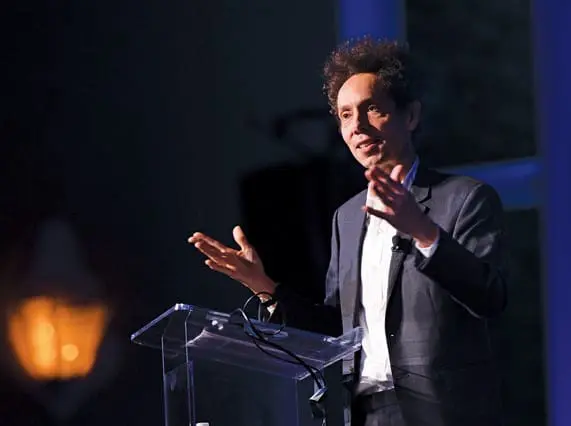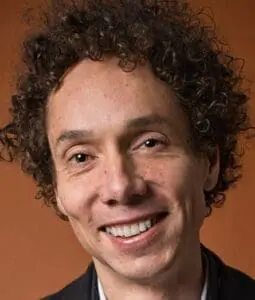The Golden Gate Bridge in San Francisco was built in 1937 and almost immediately became a magnet for suicides. Between then and now, 1,500 suicides have taken place there: more than at any other specific location in the world in that period. There are so many suicides on the Golden Gate Bridge that a couple of years ago, a documentary filmmaker set up a camera at both ends of the bridge, and just left it running, because he was certain he’d be able to capture people jumping off the bridge—that’s how frequently it happens. And of course, he did, as unbelievably ghoulish as that sounds.
So are suicides coupled to the Golden Gate Bridge, or if we somehow suicide-proof it, would people who were suicidal simply move to another bridge? Well, the assumption of the Golden Gate Bridge Authority is that there’s displacement, rather than coupling, meaning people would just find another way to die by suicide. That’s always been their assumption: “Why would we put a suicide barrier on the Golden Gate Bridge? People would just go to the Bay Bridge or any one of a million tall buildings in San Francisco and jump off those. It’s a pointless exercise.”
Mind you, they’ll spend millions of dollars building a barrier to protect cyclists on the bridge, even though a cyclist has never died on the Golden Gate Bridge. They’ll spend millions of dollars building a median down the middle to separate the two lanes of traffic. They’ll even build an eight-foot cyclone fence on the southern end to prevent people from throwing garbage onto Fort Baker below, even though, as far as I know, no one has ever been killed at Fort Baker by people throwing garbage off the bridge. And when the Golden Gate Bridge was being built, they put up a protective net to prevent workers from accidentally falling, but the minute it was completed, they removed the net.
You could say, maybe the lack of response to suicide is something specific to the authorities who run the Golden Gate Bridge. Maybe they’re unusually callous: the rest of us wouldn’t feel that way. Well, they’ve held hearings over the years in which they’ve asked the general public if they should put up a net, or some kind of barrier, on the Golden Gate Bridge—and about 80 percent of people were against it. I’m going to read you some of the public comments. “I oppose the construction of a suicide barrier because it would waste money and achieve nothing. Anyone who’s prevented from jumping off the Golden Gate Bridge would find another more destructive way of killing himself or herself.” Here’s another one: “All it will do is cost money and deface the bridge. There are many ways to commit suicide. You take one away from someone, it will only be replaced by another.” People believe implicitly in displacement.
This isn’t just people from San Francisco. National surveys of Americans have asked the question, “The Golden Gate Bridge is a leading place of suicide in America. Do you think it would make sense to put up a suicide-prevention barrier?” And what do people say? They say overwhelmingly in public opinion polls, “No. What’s the point? People will just commit suicide somewhere else.”
Now, is that true? Well, a couple of years ago, a psychologist named Richard Seiden decided to find out. Interestingly, a large number of people have either survived the fall from the Golden Gate Bridge or been stopped just before they jumped. So the universe of survivors is 515. When Seiden followed up on those 515 people, he was asking something very simple: How many of those 515 are still alive? And how many went on to complete suicide? If there’s displacement, then the people who are prevented from jumping off the Golden Gate Bridge would’ve gone on to kill themselves some other way. But if suicide is coupled to the bridge, then the people who’d been stopped from jumping or survived should still be alive.
The answer is that 485 were still alive, and 25 went on to kill themselves. Overwhelmingly, the people who want to jump off the Golden Bridge at a given moment only want to jump off the Golden Gate Bridge at that particular moment. Suicide is tightly coupled to place when it comes to the Golden Gate Bridge. Now, like I said, that is really, really hard for people to believe. It’s so deeply counterintuitive that only now—80 years and 1,500 lives later—is the Golden Gate Bridge Authority finally putting up a suicide barrier.
I could go on with more examples of coupling when it comes to suicide. There’s a million of them, the most obvious of which is guns. Twice as many people in this country die from suicide with a gun than from homicide with a gun. There were 22,900 gun suicides in the United States in 2016, and there were 14,000 gun homicides—not even close. But we don’t talk a lot about the gun homicides: we barely talk about the gun suicides. Why? Is 22,900 people not a big enough number to raise our level of concern? No. We don’t talk about it because we take the position that there must be displacement. What’s the point of taking away guns from suicidal people when they’ll just die by suicide some other way?
Well, what if that’s not true? What if guns are like a suicide-prevention barrier on the Golden Gate Bridge? What if suicide is tightly coupled to a lethal means that is in your house, super convenient and easily accessible? There’s every reason to believe that suicide is very tightly coupled to guns, and if we were to take some affirmative action as a society to crack down on the availability of guns, we’d save an awful lot of lives that are otherwise lost.
Malcolm Gladwell
Malcolm Gladwell is the author of five New York Times bestsellers, The Tipping Point, Blink, Outliers, What the Dog Saw, and David and Goliath. He is also the co-founder of Pushkin Industries, an audio content company that produces the podcasts Revisionist History, which reconsiders things both overlooked and misunderstood, and Broken Record, where he, Rick Rubin, and Bruce Headlam interview musicians across a wide range of genres. Gladwell has been included in the TIME 100 Most Influential People list and touted as one of Foreign Policy’s Top Global Thinkers.













